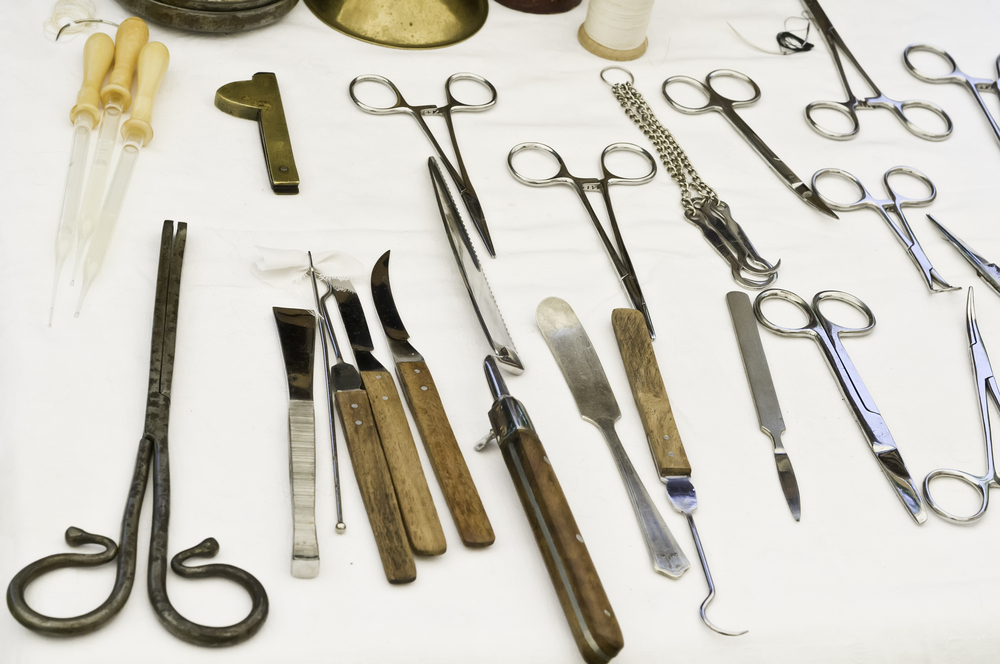Strategizing Product Development For End User Locations: Military Applications
-in-the-American-Civil-War,-Wauconda,-Illinois.jpeg)
Developing medtech products for medical offices and hospitals is probably the largest sector of the market. But this technology is used all over the world, in areas that aren’t fitted with or suitable for large-scale healthcare operations.

For example, in the military, streamlined processes and efficient technology are essential. There is typically not space or time to store and use every diagnostic and therapeutic resource in the same way a hospital can.
And when medtech is developed for the military, it has the added use of application for civilians as well. Keeping these military end users in mind during development and marketing will help create products that are useful in other similar markets, such as developing countries. This technology becomes adaptable to other areas without medical infrastructure because it requires products to be portable, fast, and efficient, but these new devices also create opportunities for existing medical centers to take advantage of streamlined technology.
Unlike other care centers, medical care technology in the military is predominantly focused on personnel injured in action, with immediate care a necessity to mitigate further damage. According to the Army Public Health Center (APHC), the most common injuries for active personnel are musculoskeletal; sprains, strains, inflammation, and stress fractures, and most of this type of injury tends to happen in training.
Some of the more advanced medtech needs for the care of current and future active service members include:
- Diagnostic abilities without bulky machinery
- Therapies for organ and nerve damage
- Artificial limbs
- Immediate gunshot and wound care
- AR/VR technology to assist with surgical procedures beyond the knowledge of on-site medical teams
- Protection from sepsis and other infections
When developing medtech for military usage, focusing on types of care needed is obviously crucial, but keeping in mind how and where this technology is used can help streamline product development and marketing to the military, and beyond.








